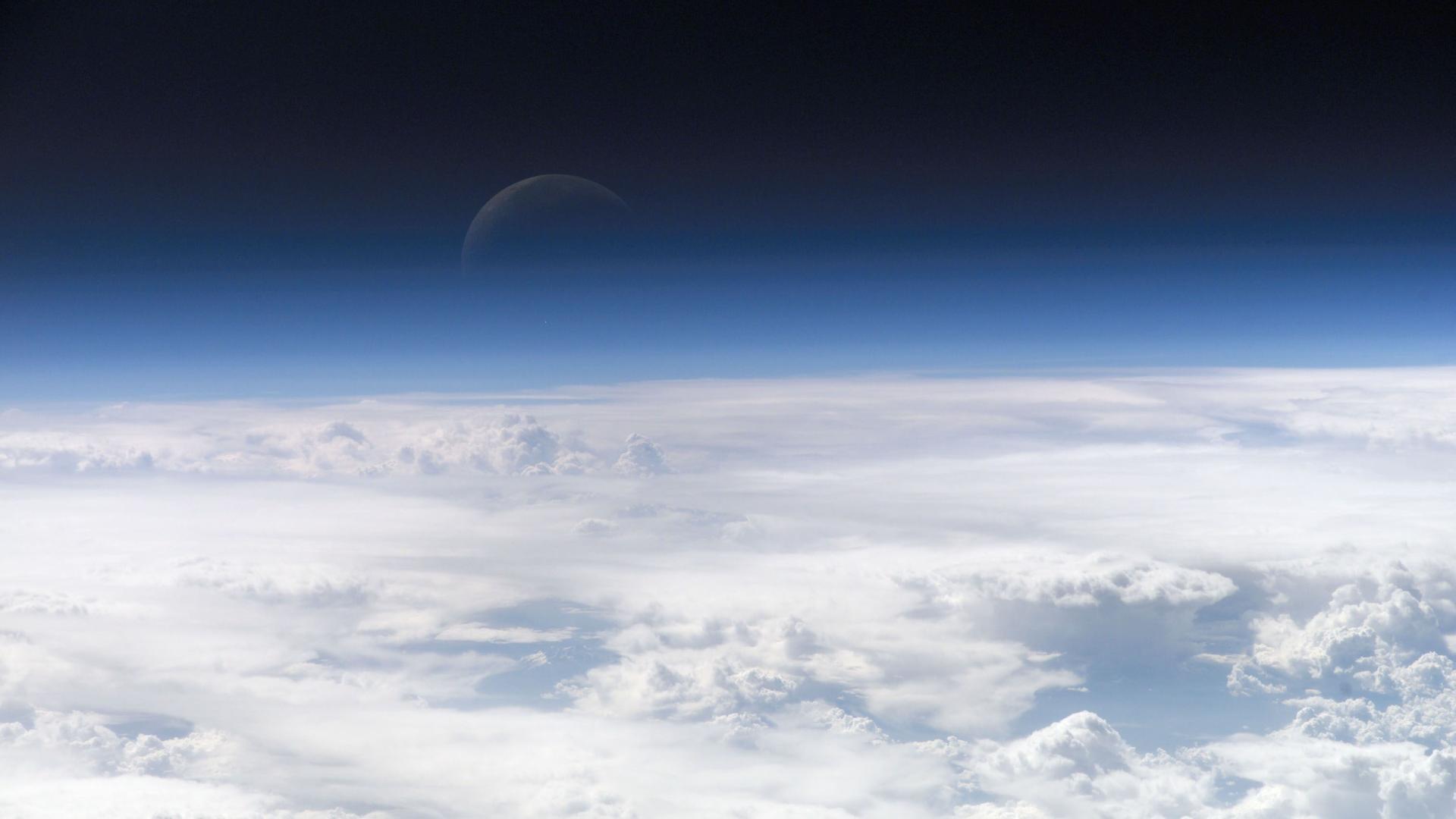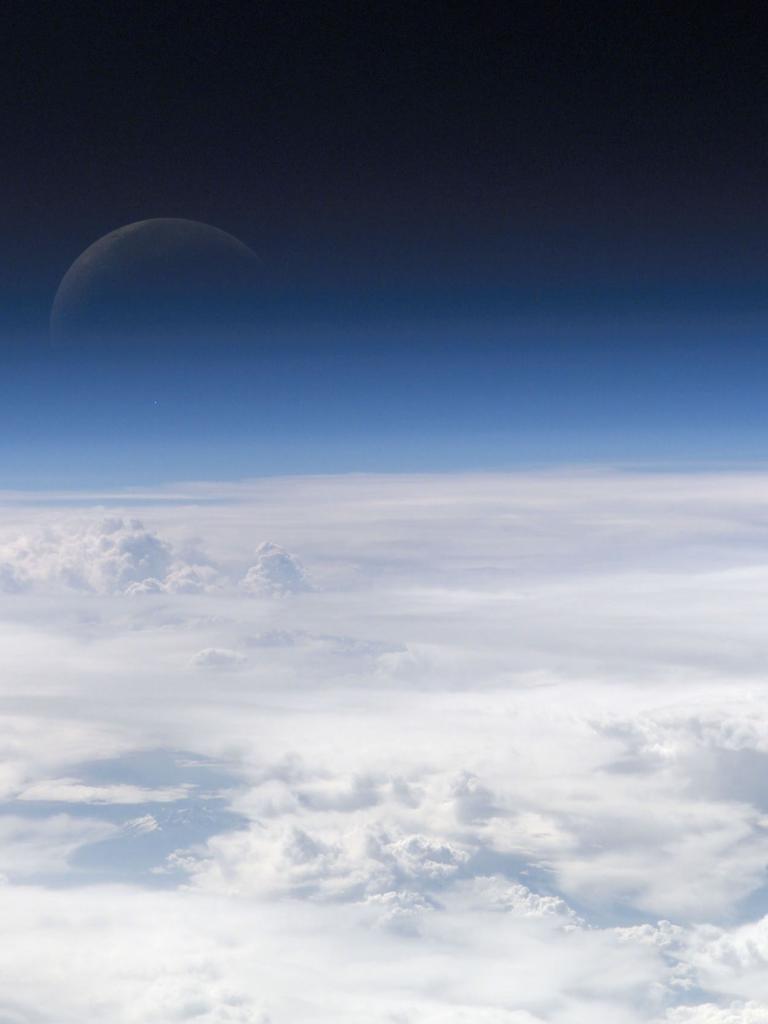05 November 2024
25 October 2024
About
This study produced synthetic TOA test data for the MAP and CLIM instruments of the CO2M mission. The test data is being used for the evaluation of processing needs for the generation of CO2M products.

The work included providing full-orbit test data for MAP and CLIM observations, consistent with the design and purpose of the CO2M platform, and supporting the simulation of cloud and aerosol retrievals from this test data. The latter are in turn supporting the retrieval of greenhouse-gas products and nitrogen dioxide from the main spectrometer instrument on-board CO2M. The MAP and CLIM test data compliments the test data generated for the main CO2M spectrometer provided through a separate study (add link to CO2M CO2I/NO2I Top-Of-Atmosphere simulations | EUMETSAT).
Objectives
The objectives of the study were:
- To provide TOA polarised radiance data for MAP and CLIM, based on observation geometries created for six CO2M orbits for both instruments (see Figure 1).
- To establish a TOA polarised radiance simulation framework for the MAP and CLIM instruments which can be re-used for subsequent (revised) test data simulations.
Overview
As input to the simulations, observation geometries, including parallax corrected geolocation calculations using terrain-height, were provided by EUMETSAT. Instrument specific design aspects such as ISRF and spectral resolution, and other relevant instrument performance figures, were taken from the Space Segment Requirements Document (SSRD). Atmospheric and surface modelling fields and other ancillary data were provided through the dedicated test data study for the main spectrometer instrument on CO2M. This was to ensure maximum consistency of observation geometries and model atmosphere between all CO2M instrument test datasets. The atmospheric modelling fields provided were only complemented by additional modelling or model parameters where absolutely required for realistic modelling of MAP and CLIM observations.
The TOA polarised radiance simulation framework for the MAP and CLIM instruments can be used for subsequent revised TOA test data simulations by adopting different instrument settings, testing various instrument performance scenarios, or expanding on the number of orbits and satellite platforms simulated. The test data processing framework is configurable in such a way that the effort associated with the implementation of potential expansions or changes are minimized.
Data from this study was delivered in the planned (level-1b) format for TOA radiance data from the CO2M MAP and CLIM.

Test data were provided corresponding to the instrument spectral response function (ISRF) and also, for a smaller pixel sample, considering a spectral oversampling (see Table 1 for the spectral characteristics). This will be used for testing the influence of SRF variability on L1 and L2 products.
The study focussed on three main tasks:
- Setup of the radiative transfer model and input data: The computation of TOA radiance for MAP and CLIM is CPU dependent. The radiative transfer equation had to be solved for each individual pixel of the 6 orbits. It also had to properly account for absorption/scattering coupling and for polarization. The optimization of an accuracy/CPU demand trade-off was then crucial. The test data had to be produced for a scene definition consistent with that used for the CO2M spectrometer test data. Establishing the ancillary data and the scene setting was also part of task 1.
- Production of the MAP and CLIM datasets: The production of the full test data represented a dedicated task requiring the optimization of the parallelization on the HPC cluster and a subsequent post-processing of the data.
- A further task was introduced in 2023 for the production of an additional top-of-atmosphere radiance test data set simulating a “perfect” MAP level-1c product using the same radiative transfer scheme and tools applied during the initial work, as well as using the same set of ancillary/scenario files. EUMETSAT provided the associated geometric observation data in the appropriate CO2M MAP level-1c netcdf format. The data will be used to simulate the MAP level-1b to level-1c co-registration error made during the level-1b to level-1c processing step.
Results
The results of the initial phase of the study are summarised in the Final Report and the Final Review presentation available below.
Reprocessing
Since the kick-off of the study in 2022 and the delivery of the first version of data in 2023, the MAP and CLIM instrument design underwent a few significant evolutions, together with the design of the associated level-1 to 2 processing, which consequently required an update of the forward model and the test data to be prepared for the version 2L developments of the operational Instrument Processing Facilities (IPFs) at EUMETSAT and in-line with their Critical Design Review (CDR) specifications. Tasks included:
- Update the treatment of organic matter in the radiative transfer
- Introduce the mixing of (land/sea/ice) surface type in the radiative transfer, both for MAP level-1b and level-1c processing
- Integrate updated CLIM LOS angles in the radiative transfer
- Integrate updated MAP instrument detector read-out design


